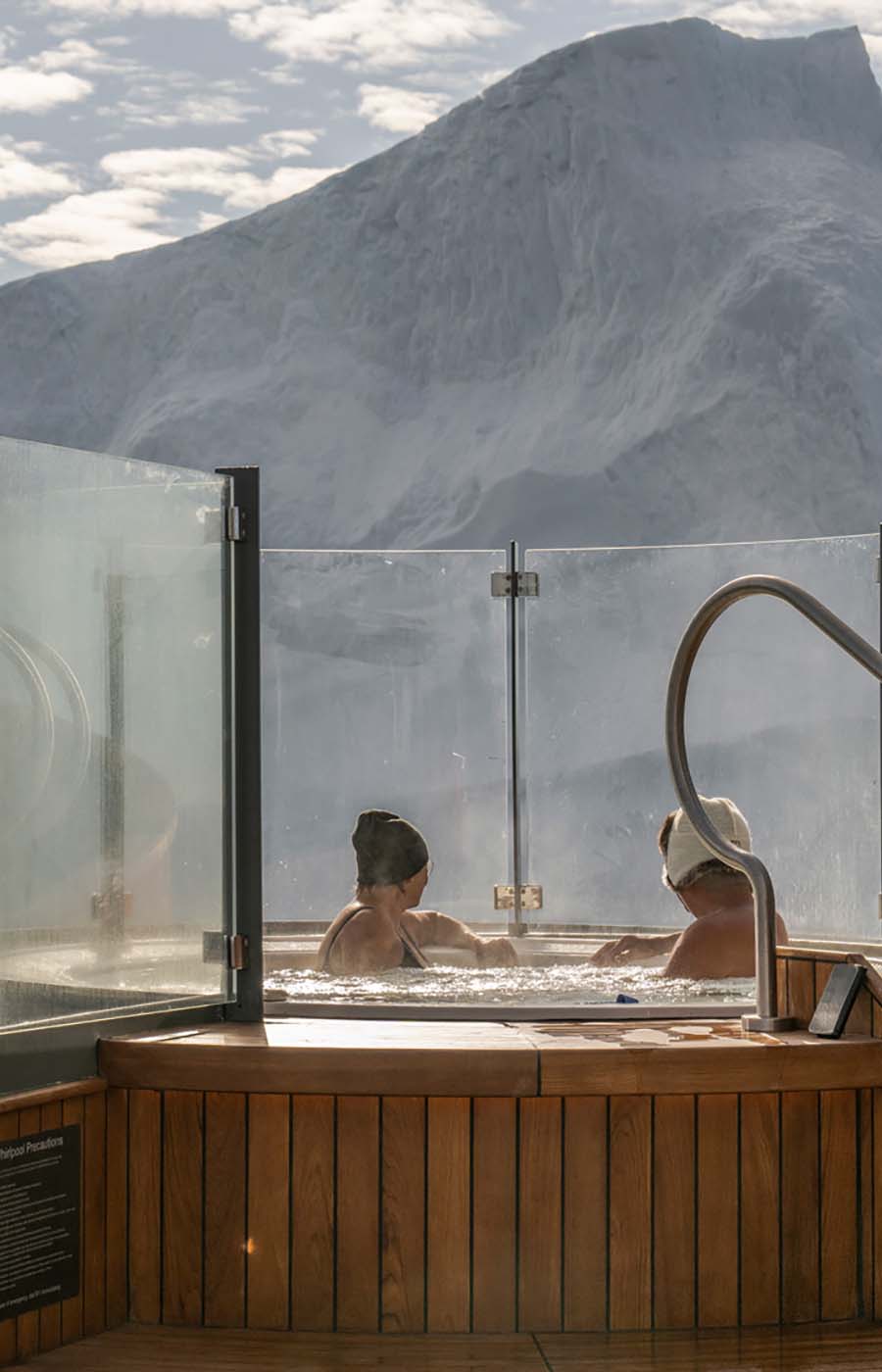How to get up close and personal with one of Europe's most spectacular sites
Located on the island of Sicily, Mt. Etna is quite simply one of the world’s most stunning sites. With constant volcanic activity, this summit pulses with life and energy, and attracts adventurers from all over the world. There are plenty of ways to experience this wondrous place (including a guided tour offered through Seabourn) — but no matter how you wish to experience it, here are some tips to make it a comfortable, and successful, journey.
Mt. Etna can be hiked all year round. Like many other destinations in Sicily and Italy, it’s most popular with summer vacationers in June to August, with the warmest and sunniest weather; but the “shoulder months” of May, as well mid-September through October, see temperatures that are nearly as balmy, plus generally fewer crowds. Just as important as what season to visit, though, is what time of day to visit: the earlier in the morning you start, the fewer crowds you’ll encounter: if you’re traveling up the south side (the most crowded), plan to get to Refugio Sapienza by 8:30 a.m. to board the first cable car at 9 a.m. By 10 a.m., the crowds have generally arrived in full force, so getting this head start will make your whole experience more pleasant. If you’re hiking up, get there even earlier. Note: you can’t hike up 2,900 meters (9,500 feet) without a guide.
The mountain can get cold (and snowy too, except in summer), so pack a light down jacket to don if the weather turns cold — plus a scarf and gloves in all seasons besides summer — and, no matter what the season, tie a sweater around your waist to throw on when things get chilly. The sun shines even when it’s cold, so don’t forget to bring plenty of water to stay hydrated, even if you don’t feel warm. Lastly, the right shoes are absolutely crucial for success on the mountain. Sturdy, lug-soled, waterproof hiking boots are the only way to go — you need something that works well in both snowy and rocky terrain.
There are so many summits, ravines, and caves to explore on the mountain, and literally thousands of paths to take. But the action starts in one of two places: the southern side and the northern side. On the southern side, start at Rifugio Sapienza (reachable by either public or private transportation). Take a cable car up from there, and once at the top, you’ll have a wide range of hikes to choose from. Because of that large difficulty range, combined with its easy access, the south side is more popular with travelers. But those generally looking for more challenging hikes will do well to ascend on the north side (which passes through the small town of Linguaglossa). There you’ll be able to go all the way to the peak. Note: again, these hikes are for the more experienced, with steep terrain and rapidly fluctuating altitudes. But the vistas from the top — from dramatic craters to centuries-old frozen lava pours — make for a once-in-a-lifetime memory.
This famous fjord is filled with breathtaking ways to reconnect with nature
This frequently overlooked island boasts volcanos, waterfalls, and more of nature’s must-see beauty.
The Caribbean's natural wonders were molded by fire, earth and water.
For an off-the-beaten-path vision of the (very) old world, look no further

